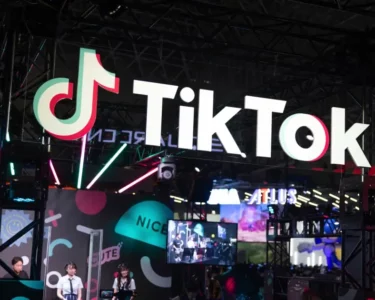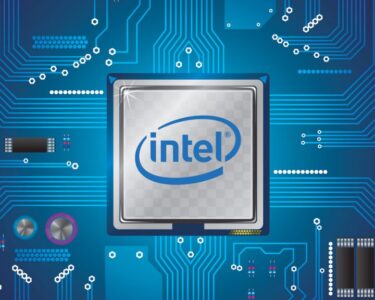As I pen down these words, we are merely hours away from Apple’s grand unveiling of the latest iteration of their flagship product, the iPhone. It’s a moment that tech enthusiasts and consumers around the world eagerly await, but this time, the anticipation is tinged with a touch of uncertainty. In recent weeks, the iPhone has found itself under scrutiny from two powerful entities—the European Union and China. Meanwhile, the global smartphone market, as a whole, is experiencing a slowdown, and Apple’s much-anticipated virtual reality headset, once seen as a potential successor to the iPhone, won’t hit the market until the following year, boasting an eye-popping price tag of $3,500 (£2,780).
The iPhone has come a long way since its groundbreaking debut in 2007, forever altering the smartphone landscape. Now, as we anticipate the 16th generation of this iconic device, it may be considered mature in the tech world, but it still manages to command an astonishing level of interest. Just search “iPhone 15” on Google, and you’ll discover nearly five billion results, even though Apple has kept tight-lipped about any official details.
If you delve into the speculations and leaks circulating the internet, you’ll likely find that the iPhone 15 models are expected to be incrementally lighter than their predecessors, featuring an upgraded chip, extended battery life, improved camera capabilities, and a sleek titanium chassis. Some might argue that such incremental improvements have become the norm for Apple’s smartphone generations, contributing to a global trend of consumers holding onto their devices for longer periods. This trend, driven by both financial and environmental considerations, has led to a slowdown in smartphone sales worldwide.
Ben Wood, a smartphone expert at CCS Insight, acknowledges this trend and suggests that while we might not witness a radically different iPhone at Apple’s annual September event, we will undoubtedly witness the theatrical prowess of a wealthy company well-versed in captivating its dedicated fan base.
However, there is one physical change that will catch your eye, especially if you’re in Europe—the introduction of a USB-C charging cable point. Until now, iPhones have relied on proprietary lightning cables, while most other devices, including those manufactured by Apple, tend to use USB-C. The key distinction is their shape, with lightning and USB-C connectors being incompatible. This means that if you own an iPhone and a Kindle, you can’t use the same charger for both.
For years, Apple has championed diversification as a source of innovation and promoted wireless charging as an alternative. In fact, all iPhones since the iPhone 8 have been compatible with wireless charging. Nevertheless, the European Union has decided that all portable devices must be compatible with a universal charger by December 2024. Even if Apple were to permit it, the broader consumer tech sector is unlikely to switch to lightning connectors.
That said, you might want to keep that lightning cable in your drawer of assorted cables, as there’s a thriving market for second-hand iPhones, particularly in Africa. Ben Wood explains that these affordable iPhones are introducing people to the Apple ecosystem who might not have had access otherwise.
It’s not just the EU setting the rules; recently, China reportedly banned iPhones from state-run buildings, citing security concerns. While the majority of Chinese consumers prefer Android devices, the iPhone reigns supreme in the premium (read: top-dollar) handset category. This presents a bit of a dilemma for Apple, as it still manufactures many of its products in China and relies on Chinese-based companies and factories.
So, while Apple continues to have a significant stake in China, the question remains: how much do the rest of us truly need or desire the new iPhone? The answer to that question is about to unfold.





